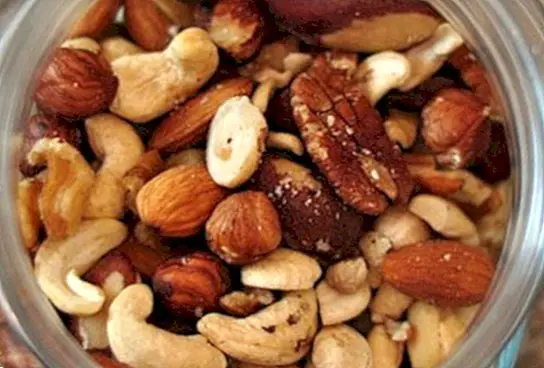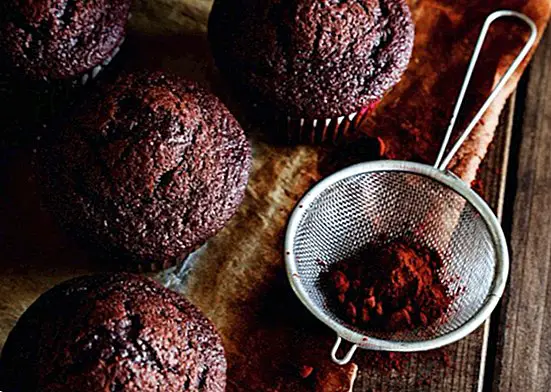What to eat when you have premenstrual syndrome: recommended diet
The food that is followed at certain times and periods has a decisive influence when it comes to improving our quality of life, especially in those moments when our body needs a greater amount of certain vitamins, minerals and other essential nutrients.
This is what happens, for example, with the one known as Premenstrual syndrome, that as of sure you will know basically consists of a set of physical and emotional symptoms that appear in the woman before the arrival of menstruation.

It is usually a syndrome that arises during the second half of the menstrual cycle, disappearing after 1 to 2 days after the menstrual period begins.
About its causes, the truth is that for the time being, it has not been possible to identify those that exactly cause its appearance. However, it is suspected that they are dealing with a series of factors that combine with each other: biological, psychological (and emotional), social and cultural.
Your symptoms, as we have already mentioned in some other occasion, are actually very characteristic, being not only physical but also emotional: tenderness in the breasts with pain, gas and swollen stomach, constipation or diarrhea, pain in the waist and headache, fluid retention, sadness, tension and nervousness, lack of sexual desire and irritable behavior, among others.
As we pointed out to you at the beginning of this note, feeding can be of great help in reducing the most typical and common symptoms that commonly arise with premenstrual syndrome.

In this sense, the foods that we detail below should not be missing in the diet of the woman since they are necessary to prevent the appearance of symptoms associated with this syndrome.
The best foods when you have premenstrual syndrome
Foods rich in vitamin B6 and vitamin B6 supplements
Vitamin B6 increases serotonin levels, since serotonin is responsible for our mood does not decline, we must consume foods rich in this vitamin such as eggs, fish, meat, milk, nuts, vegetables, fruits.
Vegetables
Legumes are foods rich in a plant hormone called genistein and one of the functions of this hormone is to regulate the excess of estrogen that tends to increase before the menstrual period.
Cereals
Highlights include brown rice, wheat germ, sesame, pumpkin seeds, chia seeds, sunflower seeds.

Foods rich in Omega 3
Omega 3 essential fatty acid is considered a natural antidepressant and can be found in: walnuts, almonds, flax oil, walnut oil, evening primrose oil, olive oil, flax seeds, blue fish.
Other featured foods
The sprouts of soybeans, quinoa, beans, beans, chickpeas, lentils.
Consume foods rich in minerals such as calcium and magnesium as well as supplements of these minerals.
Some nutritional tips to keep in mind
We must drink at least a liter and a half of water a day, and infusions such as those we have previously recommended and reduce the consumption of fluids during the days when we are waiting for the rule to not favor fluid retention.
Avoid the consumption of drinks with caffeine, and alcoholic beverages.
Do not exceed the consumption of salt and sugar.
Avoid consumption of rich in refined sugars.
Performing some moderate physical activity on a daily basis will help us feel well and relax.
When you notice that the premenstrual syndrome is repeated every month and you do not notice that improvements go to your doctor or gynecologist to perform the appropriate tests and prescribe some medication to improve or disappear this syndrome. This article is published for informational purposes only. It can not and should not replace the consultation with a Physician. We advise you to consult your Trusted Doctor.


